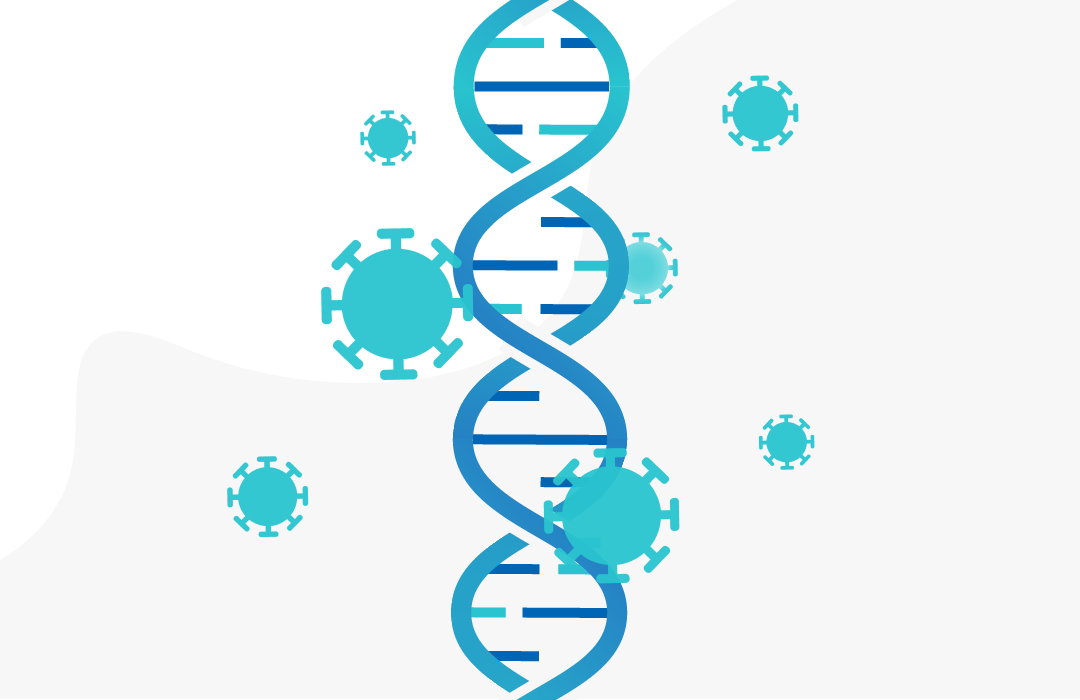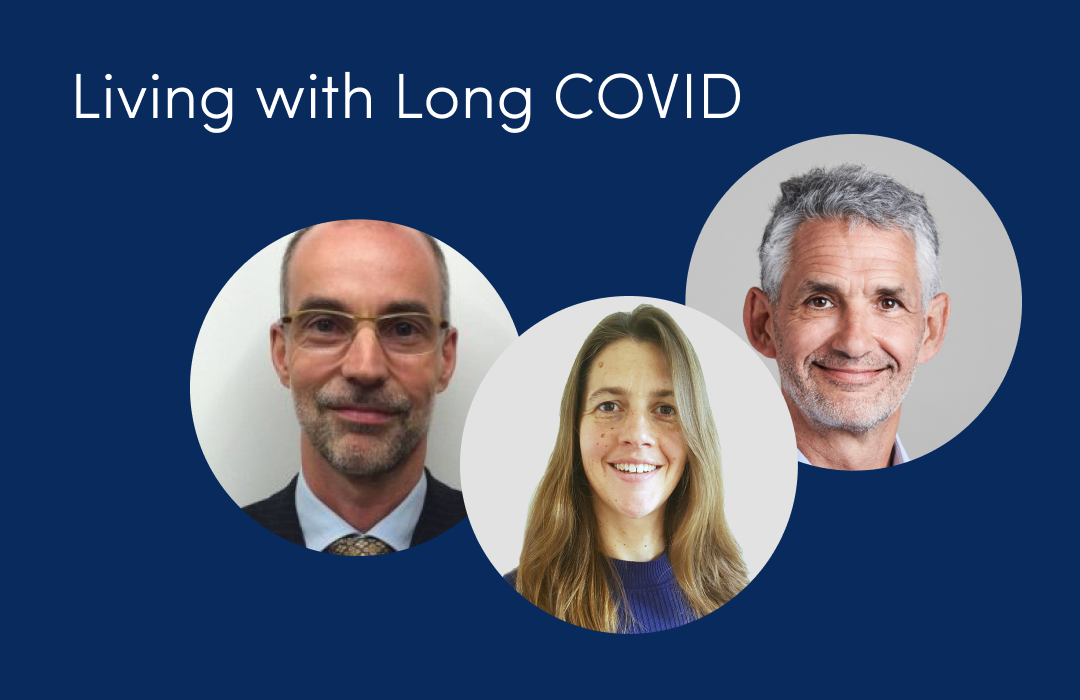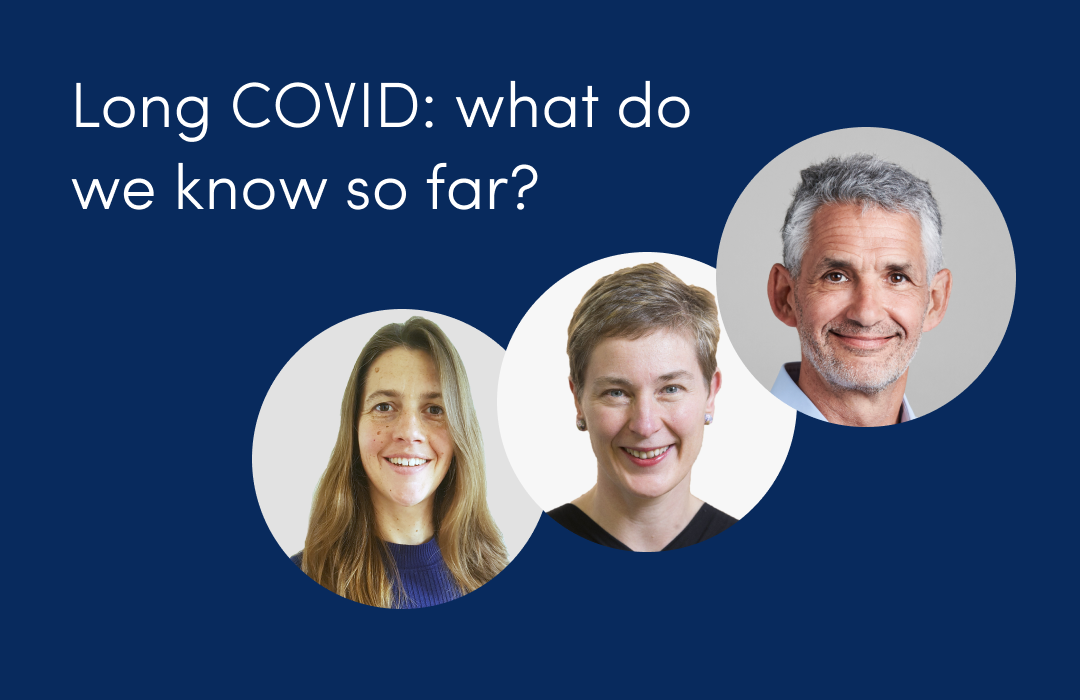
COVID Symptom Study data is now able to detect potential new COVID hotspots
July 2, 2020

This article has not been updated recently
The COVID Symptom Study app can now detect potential COVID hotspots
The latest data modelling from the COVID Symptom Study app is now able to identify potential COVID hotspots in the UK, as well as showing daily cases in the population.
The modelling highlights three key local authorities as potential new hotspots. As well as Leicester which is already back in lockdown, the data has highlighted Dudley and Wolverhampton as other areas in the Midlands that could be heading in the same direction.
The COVID Symptom Study app defines three key criteria for identifying hotspots. The local authority area must:
1. Have significantly higher prevalence than its neighbouring authorities
2. Be in the top 10th percentile of prevalence for the UK; and
3. Have a prevalence that is higher today than 10 days ago
This method for estimating prevalence is based on the assessments of 3.7 million UK app users, using a validated model to predict COVID-19 based on symptoms and combine it with swab test results reported by app users.
The model used to estimate prevalence, which has been peer-reviewed and published in leading journal Nature Medicine, can find areas in the country that have a prevalence which is higher than its neighbours and is likely to lead to an increase in confirmed cases and hospitalisation in the following 5 and 12 days respectively. The same model predicted Barnsley and Rochdale to be hotspots back on June 17th but these areas no longer rank highly.
The recent lockdown of Leicester has expedited the need for earlier hotspot detection. This model can help find areas in the country that have a prevalence which is higher than its neighbours and are likely to lead to an increase in confirmed cases and hospitalization in the next 5 and 12 days respectively.
Daily new cases
According to the latest COVID Symptom Study app figures, there are currently an estimated 1,445 daily new cases of COVID in the UK on average over the two weeks, 14 to 27 June 2020 [*]. The number of cases has continued to fall nationally, and this week the number fell by 34 % since last week. The highest rates of new cases are still found in the Midlands.
The figures were based on 10,393 swab tests from 14 to 24 June based on 31 positive results. A full regional breakdown can be found on our data and maps page.
Tim Spector, Professor of Genetic Epidemiology at King's College London, comments:
“This fresh look at the data was inspired by the local lockdown in Leicester, we challenged ourselves to see if our app data could highlight any other local hotspots and we are really pleased that it does. The new model picked up Leicester as a consistent hotspot back on the 17th June which suggests it is accurately picking up places of concern.
With our data now flagging up potential new hotspots, it will allow for greater surveillance and focussed testing that could detect problems like Leicester much earlier and hopefully reduce the number of major lockdowns. But to do this more successfully we still need more people to join us by logging how they are feeling each day so we can send out kits to those feeling unwell and catch these outbreaks and help us closely monitor what is going on in the UK population.”
Additional notes:
[*] This analysis requires swab testing, which was kindly provided by the Department of Health and Social Care for England. As Scotland and Wales are not yet offering tests to app users, we provided indirect estimates using countrywide averages and wide confidence limits. Testing is happening in Northern Ireland, but the number of participants is too few to generate an accurate estimate. These figures exclude care homes as there is not enough data from the app to estimate this population.












.png)


.jpg)














.png)







%202.png)
.png)


















.png)






